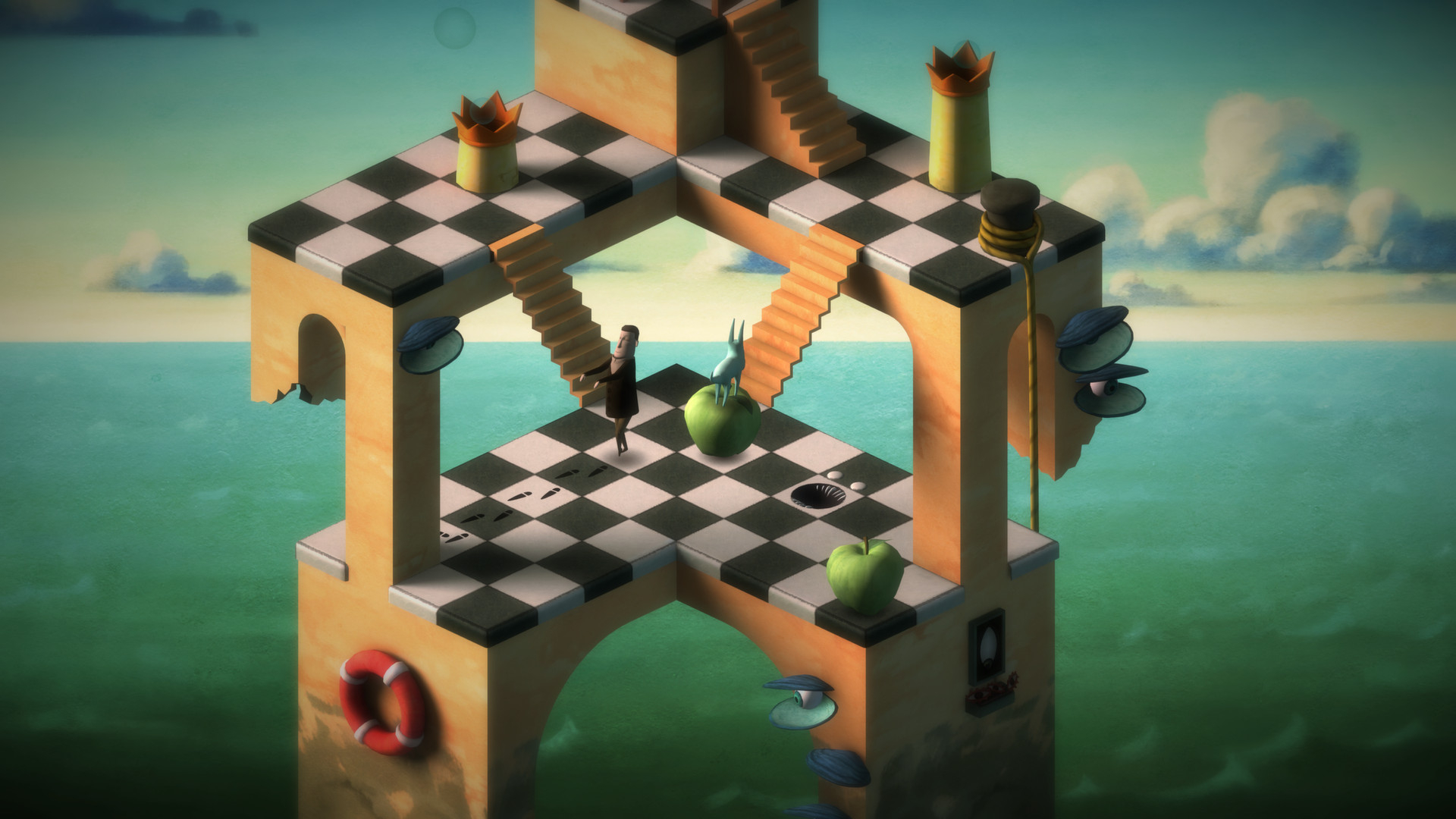Wordle has taken the world by storm, becoming a daily challenge for word game enthusiasts. But for those seeking an extra level of challenge, “Try Hard Wordle” offers an even more intense brain workout. With stricter constraints and fewer hints, winning at Try Hard Wordle requires more than just luck and a casual grasp of vocabulary. It demands strategy, logic, and a well-refined approach to word guessing. In this article, we’ll dive into advanced techniques to give you the edge over this game and keep your win streak alive.
1. Master the Fundamentals of Wordle
Before diving into advanced tactics, it’s crucial to solidify your understanding of the basics. In Try Hard Wordle, players guess a five-letter word, and the game provides feedback on correct and misplaced letters. Green tiles indicate correct letters in the right position, yellow tiles mark correct letters in the wrong position, and gray tiles mean the letter doesn’t appear in the word. By honing these fundamental rules, you can build a solid foundation for deploying advanced strategies effectively.
2. Start with Words Containing Common Vowels and Consonants
Choosing the right starting word is key to getting off to a strong start. In Try Hard Wordle, words that contain multiple vowels and common consonants (like ‘E’, ‘A’, ‘S’, ‘R’, and ‘T’) offer a greater chance of revealing helpful letters early. Some good examples of starter words include:
- EARTH
- CRANE
- TRACE
- SLATE
Using these words early in the game helps you identify which vowels and consonants you’re working with, setting the stage for strategic guesses.
3. Track and Eliminate Letters Efficiently
Efficiency is paramount in Try Hard Wordle, as the challenge is designed to push your problem-solving skills. After each guess, take note of the gray tiles — these letters won’t appear in the final solution. Actively eliminating these letters from your future guesses will help narrow down your options, preventing wasted guesses. For example, if the word “CRANE” reveals that ‘C’, ‘R’, and ‘E’ are not part of the word, you can instantly exclude those letters from subsequent guesses. This step-by-step elimination method is a fundamental technique for minimizing errors.
4. Focus on Word Patterns
Once you’ve identified letters that are part of the solution, shift your focus to common letter pairings and word patterns. English has predictable patterns that can help you guess the correct word more quickly. For instance, when you’ve found the letter ‘T’ in your word, it’s often followed by ‘R’ or ‘H.’ Likewise, if you identify the vowel ‘A,’ it might be paired with ‘N’ or ‘L’ in common word structures. By leveraging these word patterns, you’ll gain an intuitive understanding of which letters naturally go together, helping you zero in on the solution faster.
5. Use Word Banks and Solver Tools
For those facing difficult challenges in Try Hard Wordle, it’s perfectly acceptable to consult external word banks or solvers. These tools can suggest possible word combinations based on your confirmed letters. While it may seem like a shortcut, using these tools occasionally can help you study patterns and expand your vocabulary. That said, using these tools should be a learning experience, not a crutch. Focus on studying the suggested words and thinking critically about the strategies they represent. Over time, you’ll develop a stronger sense of which words are worth guessing and which aren’t.
6. Don’t Waste Guesses on Duplicate Letters Early
Another common mistake in Try Hard Wordle is guessing words that contain duplicate letters too early in the game. It’s far more strategic to confirm the presence of individual letters first before risking guesses that repeat letters, such as ‘LL’ or ‘SS.’ For example, avoid words like “SLEEP” or “SHEEP” until later in the game unless you have substantial information that a duplicate letter is in play. This will allow you to keep your options open and not box yourself into a corner too soon.
7. Save Time with Reverse Engineering
Once you’ve identified a few correct letters, try reverse engineering the word by considering its possible structure. If you have the letters ‘S’, ‘R’, and ‘A’, think about what words could fit around these characters. Visualizing the potential solutions and mentally filling in the gaps can often spark the right guess. Some advanced players even make word lists or use anagrams to experiment with different letter placements, helping them consider all possible combinations.
8. Pay Attention to Uncommon Letters
Although common letters like ‘E’, ‘A’, and ‘T’ are essential starting points, don’t overlook less common letters such as ‘Q’, ‘X’, or ‘Z’. Sometimes, Try Hard Wordle words contain unexpected or uncommon letters, which can catch you off guard if you’re not prepared. If you’ve exhausted all the usual suspects without finding the correct word, it might be time to consider less frequent letters in your remaining guesses.
9. Stay Calm and Be Methodical
Finally, the most successful players approach Try Hard Wordle with a calm, methodical mindset. Panicking or rushing to make guesses can often lead to errors. Keep a cool head, especially when you’re down to your last couple of guesses. Use logic and your knowledge of word structure to make calculated guesses rather than random ones. Remember, each guess should be purposeful and based on all the information you’ve gathered so far. This careful, strategic approach will help you consistently win at Try Hard Wordle, even when the puzzles seem difficult.
Conclusion
Winning at Try Hard Wordle requires a blend of vocabulary knowledge, logic, and pattern recognition. By mastering fundamental strategies like word elimination, focusing on letter patterns, and approaching each guess methodically, you can dramatically improve your win rate. Whether you rely on external tools or go it alone, these advanced techniques will help you outsmart the game and keep your winning streak intact. Keep practicing, keep experimenting, and enjoy the challenge that Try Hard Wordle offers.
For Read More Informative Blogs Click Here …

